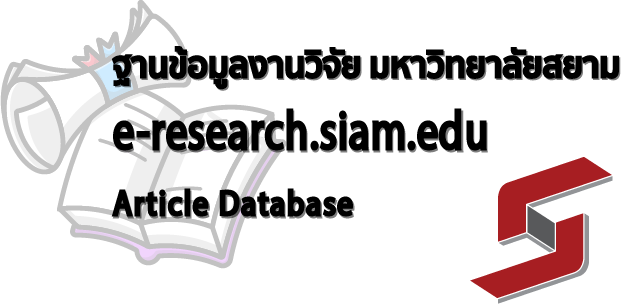- KB Home
- -ประเภทของโครงการ | Project Type
- บทความวิชาการ | Academic Article
- SCOPUS
- The role of interspecies recombination in the evolution of antibiotic-resistant pneumococci (SCOPUS)
| Research Article: | The role of interspecies recombination in the evolution of antibiotic-resistant pneumococci |
| Author: | Joshua C D’Aeth, Mark PG van der Linden, Lesley McGee, Herminia de Lencastre, Paul Turner, Jae-Hoon Song8, Stephanie W Lo, Rebecca A Gladstone, Raquel Sa´-Lea˜ o, Kwan Soo Ko, William P Hanage, Robert F Breiman, Bernard Beall, Stephen D Bentley, Nicholas J Croucher & Somporn Srifuengfung |
| Email: | somporn.sri@mahidol.ac.th |
| Department|Faculty: | Faculty of Pharmacy, Siam University, Bangkok 10160 |
| Published: | eLife Vol.10 No.e67113 (2021) Page.1-35 |
Citation
D’Aeth, Joshua C., Van der Linden, Mark PG., McGee, Lesley, De Lencastre, Herminia, Turner, Paul, Song, Jae-Hoon … Srifuengfung S. (2021). The role of interspecies recombination in the evolution of antibiotic-resistant pneumococci. eLife , 10(e67113), 1-35.
ABSTRACT
Multidrug-resistant Streptococcus pneumoniae emerge through the modification of core genome loci by interspecies homologous recombinations, and acquisition of gene cassettes. Both occurred in the otherwise contrasting histories of the antibiotic-resistant S. pneumoniae lineages PMEN3 and PMEN9. A single PMEN3 clade spread globally, evading vaccine-induced immunity through frequent serotype switching, whereas locally circulating PMEN9 clades independently gained resistance. Both lineages repeatedly integrated Tn916-type and Tn1207.1- type elements, conferring tetracycline and macrolide resistance, respectively, through homologous recombination importing sequences originating in other species. A species-wide dataset found over 100 instances of such interspecific acquisitions of resistance cassettes and flanking homologous arms. Phylodynamic analysis of the most commonly sampled Tn1207.1-type insertion in PMEN9, originating from a commensal and disrupting a competence gene, suggested its expansion across Germany was driven by a high ratio of macrolide-to-b-lactam consumption. Hence, selection from antibiotic consumption was sufficient for these atypically large recombinations to overcome species boundaries across the pneumococcal chromosome.
Keywords: AMR; epidemiology, genetics, genomics, infectious disease, microbiology, recombination, streptococcus pneumoniae.
The role of interspecies recombination in the evolution of antibiotic-resistant pneumococci
Faculty of Pharmacy, Siam University, Bangkok, Thailand


